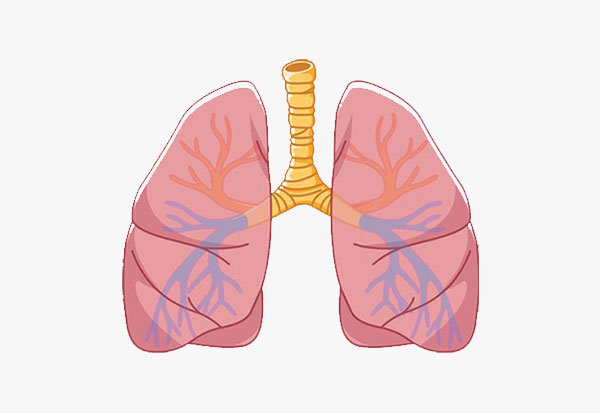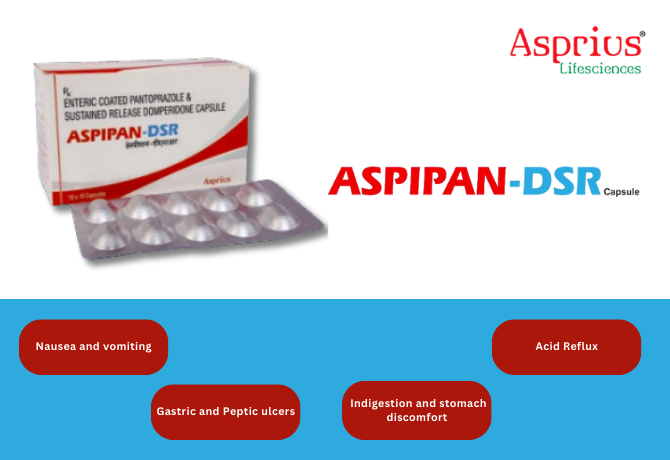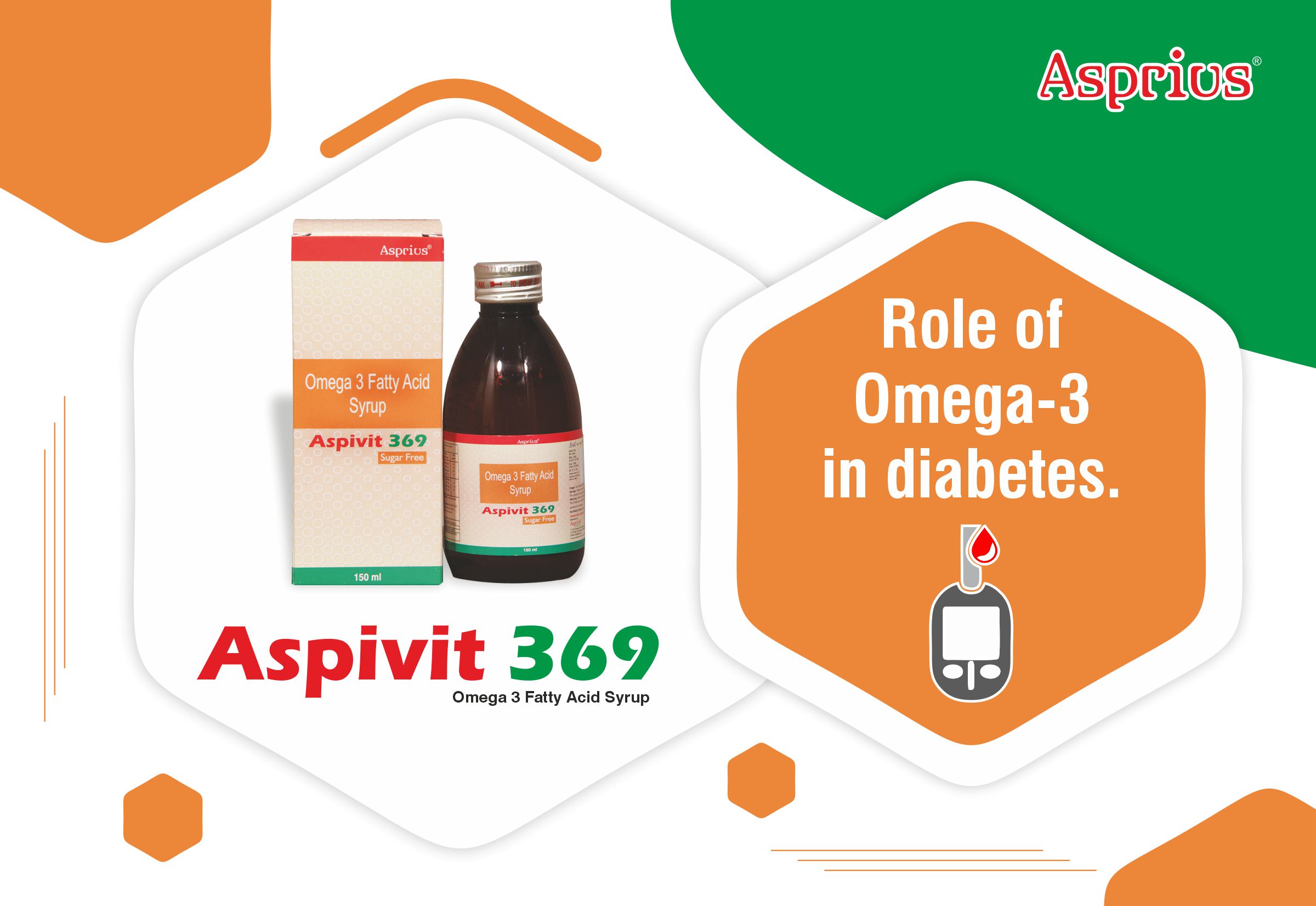Nexzith-500

Leading Pharmaceutical consultant and editor-in chief of IJMToday

Azithromycin:Azithromycin is a macrolide class of antibiotics. It has certain unique characteristics which make it a drug of choice for many infections. Apart from aerobic bacteria, it has excellent activity against anaerobic bacteria and atypical micro-organisms. It gets concentrated in phagocytes and released at the infection site, thus tissue levels are several times higher than in plasma. It has long half-life of 2-4 days which makes it effective even after the treatment is stopped. That is why short term 3 to 5 days therapy has been found to be superior to 7 to 10 days therapy of other antibacterial.
The earlier recommended dosage for 500 mg was for 3 days. But the changed scenario in recent years requires higher dosage for longer duration. Few of these conditions are explained here.
1. Difficult to treat bacteria : Certain bacteria are stubborn in nature and require higher antimicrobial dosages. One such example is H.pylori responsible for GI ulcers. The therapy needs 500 mg azithromycin for 5 days in combination with other drugs. The trial report extract is given here: Lijec Vjesn. 1997 Jul;119(7):210-3. Omeprazole and azithromycin with and without metronidazole in the eradication of Helicobacter pylori in duodenal ulcer disease.
Abstract
This prospective, single blind, randomized study was designed to compare the efficacy and tolerance of two therapeutic schedules for eradication of H. pylori in patients with duodenal ulcer. Patients were randomized into two groups. Group 1 (n = 25) was treated with omeprazole 20 mg each morning for 28 days, azithromycin 500 mg/day for 5 days and metronidazole 3 x 500 mg/day for 5 days. Group 2 (n = 25) was treated with omeprazole 20 mg/day for 28 days and azithromycin 500 mg/day for 5 days. After 4 weeks of treatment ulcers healed in 96% (24/25) of patients in the first group and in 92% (23/25) of patients in the second group. One and 12 months after the treatment, eradication of Helicobacter pylori was achieved in 72% (18/25) of patients in the first group and in 64% (16/25) of patients in the second group. In 12 months after the treatment ulcer recurred in 43.7% (7/16) of patients in whom H. pylori was not eradicated and in 2.9% (1/3) of patients with eradicated H. pylori. The side effects were minor and/or transitory and did not require discontinuation of the treatment.
2. Emergence of bacterial resistant to standard therapy : Unfortunately with increasing use, many bacteria are getting resistance to standard drug therapy making the treatment more difficult. The treatment requires higher dosages for more number of days. Considering the treatment failure and the resultant emergence of resistant bacteria the existing dosages need to be revised to ensure complete bacterial eradication and to prevent bacterial resistance.
One trial has shown the superiority of Azithromycin for 5 days over 200 mg ofloxacin bid for 5 days. The important points are highlighted here :
Antimicrob Agents Chemother. 2000 July; 44(7): 1855–1859. To examine the efficacy and safety of azithromycin and ofloxacin for treating multidrug-resistant (MDR, i.e., resistant to chloramphenicol, ampicillin, and cotrimoxazole) and nalidixic acid-resistant enteric fever, azithromycin (1 g once daily for 5 days at 20 mg/kg/day) and ofloxacin (200 mg orally twice a day for 5 days at 8 mg/kg/day) were compared in an open randomized study in adults admitted to a hospital with uncomplicated enteric fever. A total of 88 blood culture-confirmed patients were enrolled in the study (86 with Salmonella enterica serovar Typhi and 2 with S. enterica serovar Paratyphi A. Patients with nalidixic acid-resistant typhoid treated with ofloxacin had a longer fever clearance time compared with those treated with azithromycin and had positive fecal cultures after the end of treatment. Both antibiotics were well tolerated. A 5-day course of azithromycin was effective for the treatment of enteric fever due to MDR and nalidixic-acid-resistant serovar Typhi, whereas the ofloxacin regimen chosen was less satisfactory for these strains.
Considering the above facts 500 mg azithromycin in 5 tablet pack is the ideal packing and we can highlight this point for better benefits.




